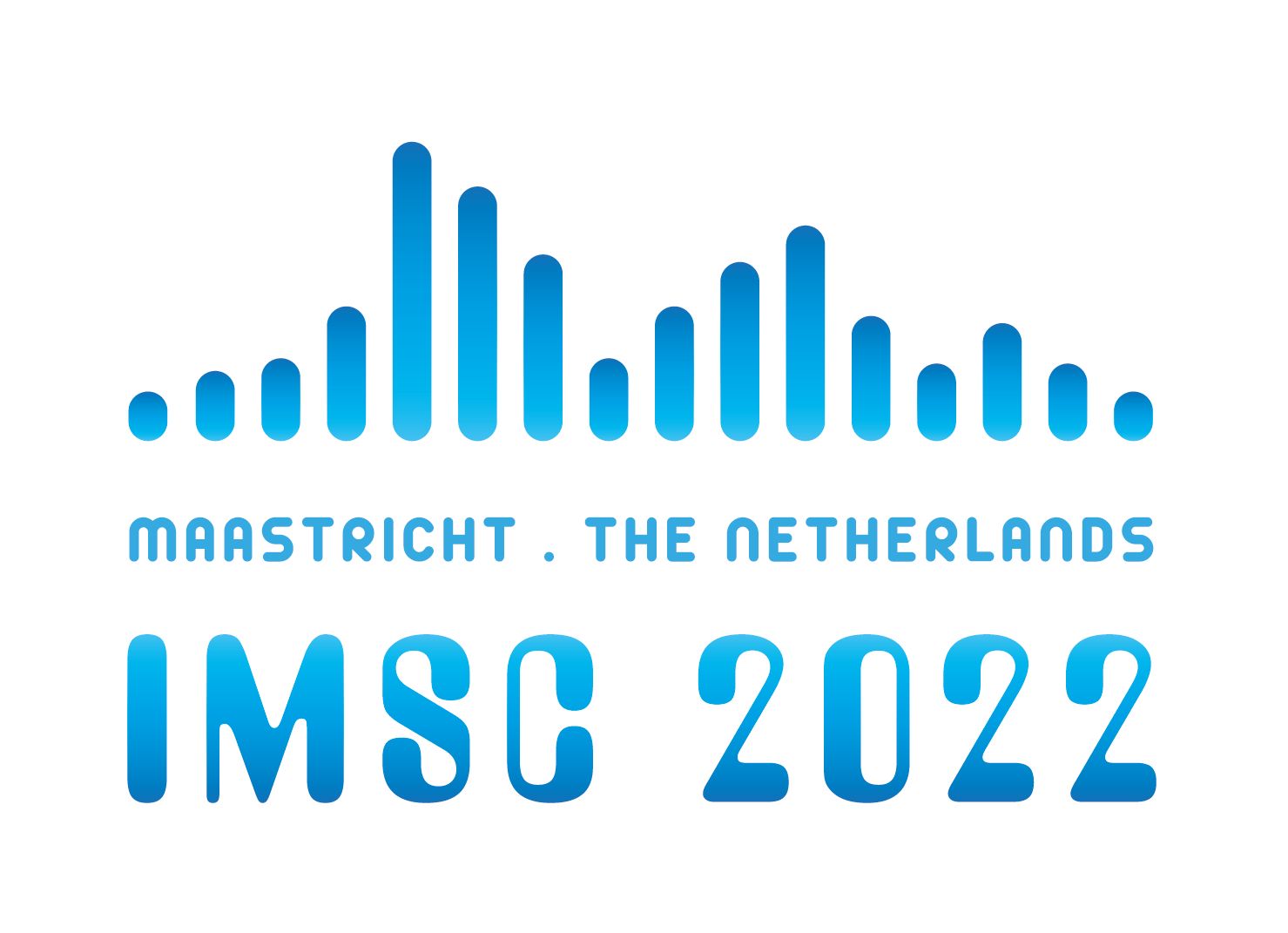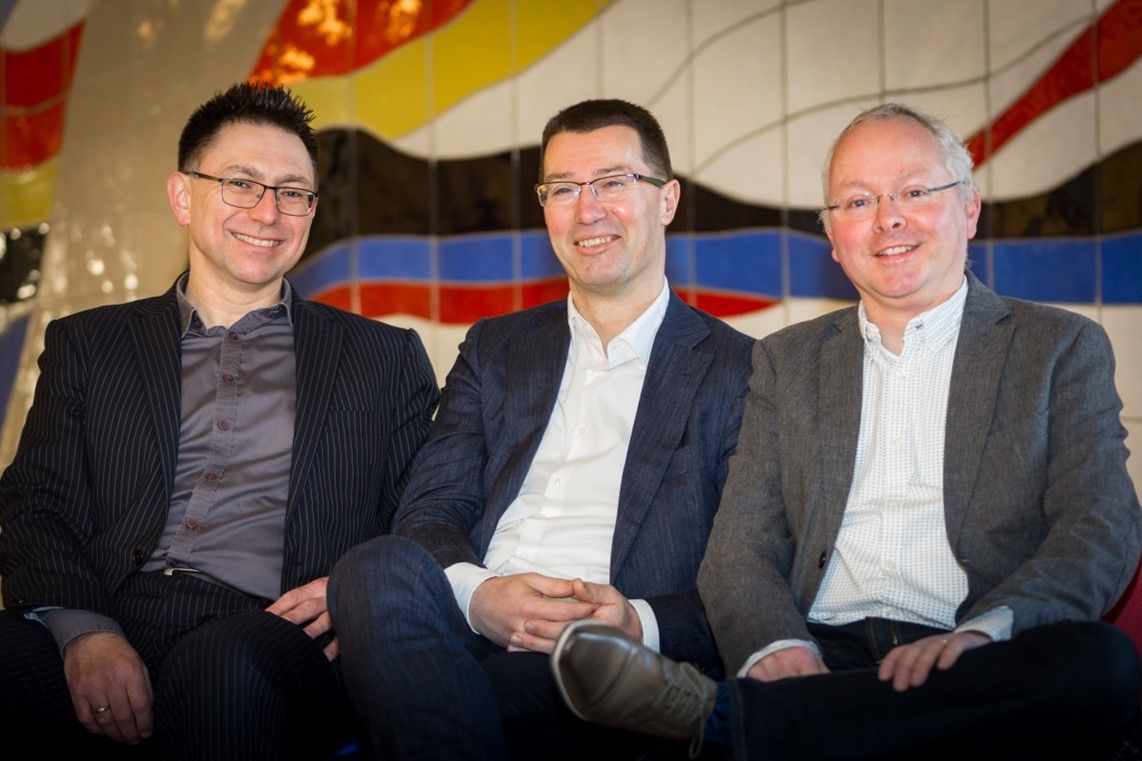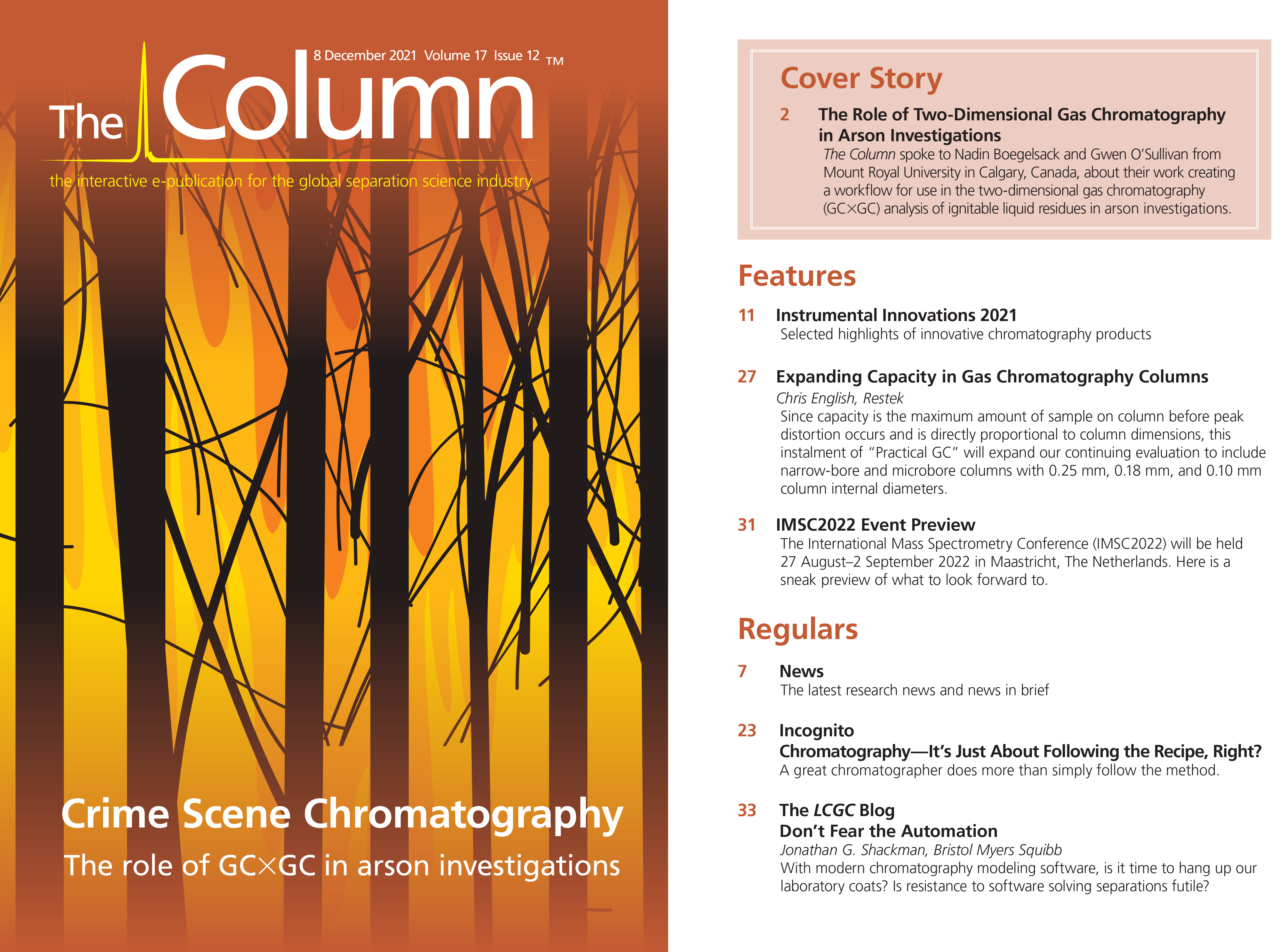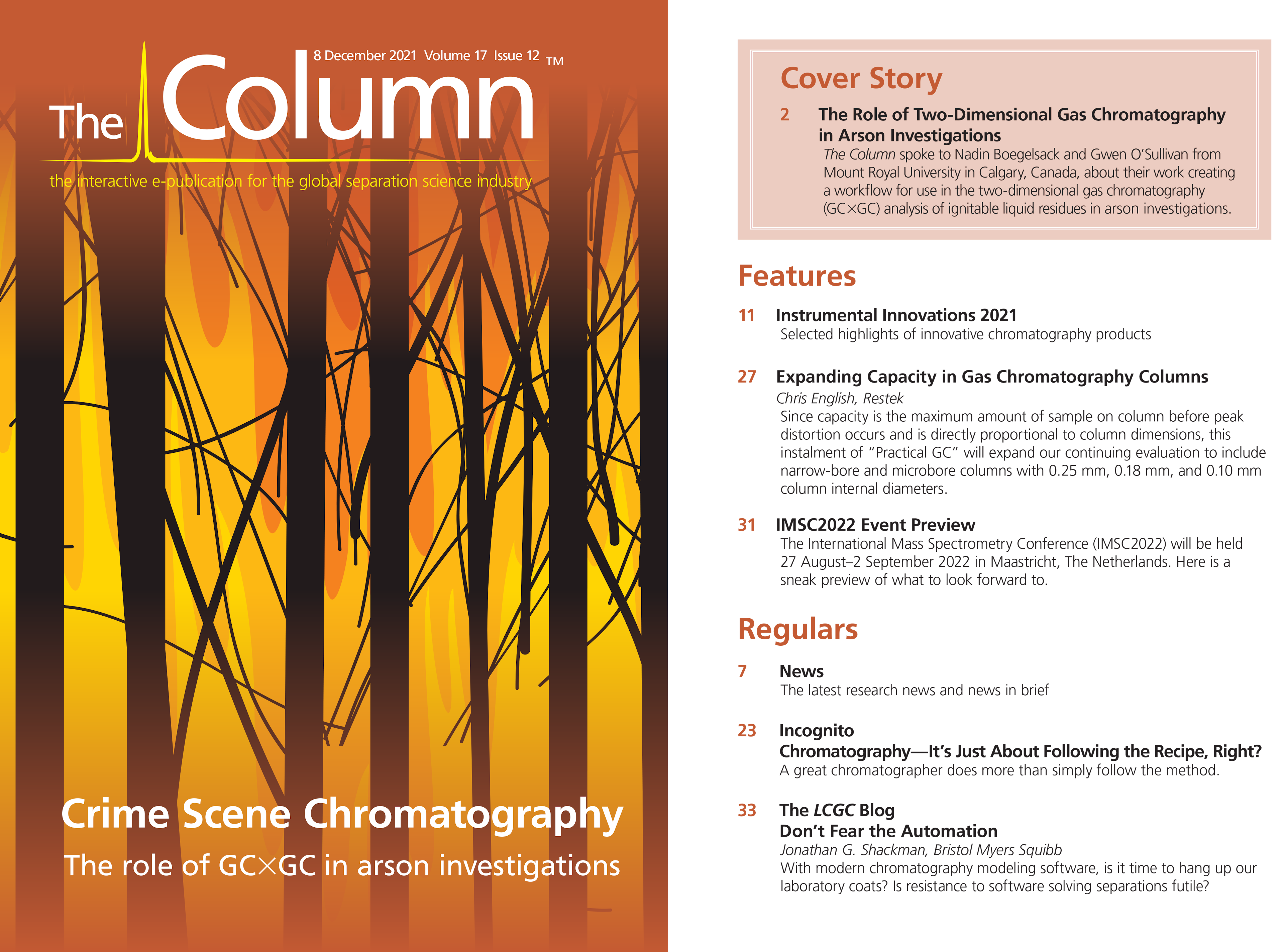IMSC2022 Event Preview
The International Mass Spectrometry Conference (IMSC2022) will be held 27 August–2 September 2022 in Maastricht, The Netherlands. Here is a sneak preview of what to look forward to.

The 23rd International Mass Spectrometry Conference (IMSC2022) will take place from 27 August to 2 September 2022 in The Netherlands, in the beautiful town of Maastricht. It is the largest conference on mass spectrometry in Europe, attracting between 1500 and 2000 participants active in science, industry, and societal institutions from all over the world. IMSC is organized once every two years by the International Mass Spectrometry Foundation (IMSF), with its location alternating between Europe and other continents.
The aim of the 2022 IMSC conference will be to enhance interaction between both the topics covered by mass spectrometry (MS) and between the different generations of scientists within the global community. The main programme is organized around five parallel main sessions, with over 40 topics across five conference days, covering fields such as fundamentals, proteomics, imaging, metabolomics, ion spectroscopy, forensics, structural biology, geology, clinical applications, and food and doping control. Workshops, tutorials, and vendor sessions will be organized prior to and during the conference, and there will be abundant time and space for informal discussions and meetings in a spacious central area within the conference centre.
It is the second time that the IMSC will be held in The Netherlands, after the successful 12th conference in 1991 in Amsterdam. The Dutch Society for Mass Spectrometry organizes the conference with a local organizing committee that represents a well-connected and active community from universities, knowledge institutes, and industries. “We are delighted to organize IMSC 2022 in Maastricht, bringing together the global mass spectrometry community in all its diversity,“ said chair of the conference Professor Ron Heeren of Maastricht University and M4I, the Maastricht MultiModal Molecular Imaging Institute. “Especially after such a long period of restrictions, leading to the unfortunate cancellation of IMSC 2020 in Rio, everybody is looking forward to meeting in person again, and all informal exchange of ideas and social interactions that make our community what it is today.”
Professor Albert Heck of Utrecht University and the Netherlands Proteomics Centre and Professor Manfred Wuhrer of Leiden University Medical Centre and Chair of the Dutch Society for Mass Spectrometry are co-chairs of the conference. Along with Heeren, these strong proponents of mass spectrometry in various fields of application will drive the organization of the conference, embedding it securely in the Dutch mass spectrometry community and promoting it through their extensive international networks. The Dutch Society for Mass Spectrometry is an experienced and active organization, organizing national meetings twice a year, covering a wide range of topics and offering a platform for young scientists and new fields.
Although a small country, The Netherlands has a long tradition and a very active community in mass spectrometry, reflected by supposedly the highest density of mass spectrometers in the world. Maastricht was selected as the conference venue, not only for its attractive and enjoyable atmosphere with history, art, and culture but also because of its central location in the heart of Europe, together with the excellent Maastricht Exhibition and Conference Centre (MECC), which is located within walking distance of ample comfortable and affordable hotel accommodation.
Maastricht is one of the oldest cities in The Netherlands, as you will discover when strolling through the historic inner city. You can discover the entire city centre on foot. Churches, city walls, monumental merchant houses, and big squares merge seamlessly, with a comprehensive and varied range of shops. Maastricht is an attractive city, visited by over 3 million tourists every year. It is traditionally a city of students, with its internationally focused university and medical centre. Maastricht is also a city of indulgence and culinary highlights. There will be ample opportunity to appreciate the picturesque surroundings and enjoy high-quality food in a relaxed atmosphere. Conference attendees can enjoy the beautiful nature and castles outside the city boundaries on foot, by bike, or by motorized tour. Maastricht houses a top‑notch conference centre, which has hosted conferences of comparable size to the IMSC. The city has adequate hotel facilities in prices ranging from 35 Euro up to 220 Euro—all in close proximity to the conference centre. Maastricht is within easy reach from various international airports, allowing easy access from across the globe. Moreover, Maastricht is only 2.5 h by train from the centre of Amsterdam.
Conference Chairs: Prof. Manfred Wuhrer, Prof. Ron Heeren, and Prof. Albert Heck

For more information on the conference, and for registration and abstract submission, visit the website at imsc2022.com
E-mail: info@imsc2022.com
Website: www.imsc2022.com

New Method Explored for the Detection of CECs in Crops Irrigated with Contaminated Water
April 30th 2025This new study presents a validated QuEChERS–LC-MS/MS method for detecting eight persistent, mobile, and toxic substances in escarole, tomatoes, and tomato leaves irrigated with contaminated water.

.png&w=3840&q=75)

.png&w=3840&q=75)



.png&w=3840&q=75)



.png&w=3840&q=75)












